Filippo Maria Buzzetti is a prominent Italian researcher specializing in the bioacoustics of orthopterans. As a member of the Museo Civico di Rovereto Foundation, Buzzetti has played a crucial role in advancing knowledge about sound production in these fascinating insects.
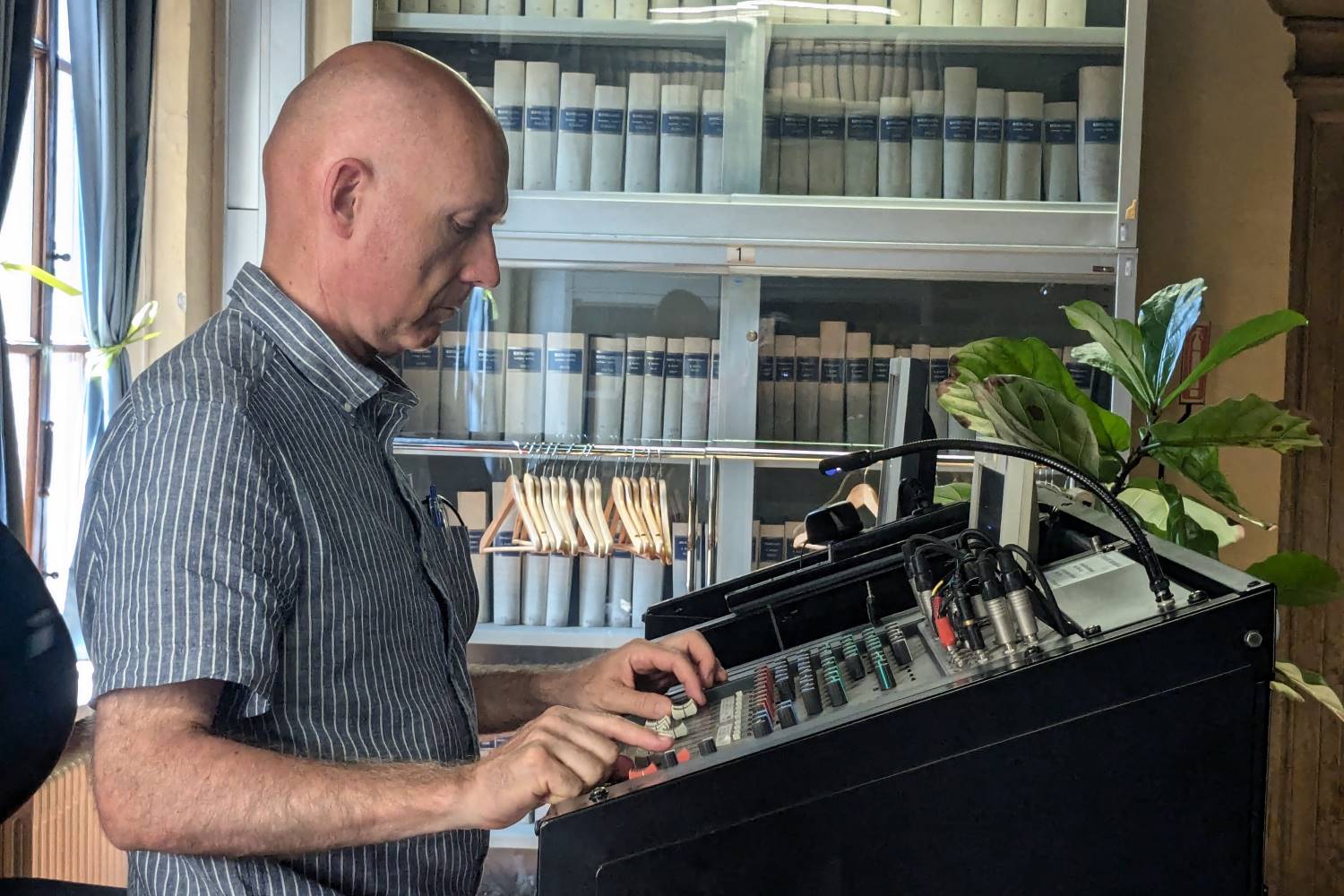
In this interview
… we will explore Filippo Buzzetti’s journey into the fascinating world of orthopteran bioacoustics, his contributions to the field, and how his work is expanding our understanding of acoustic communication in these insects.
Buzzeti's background
His expertise spans from comparative anatomy of sound production mechanisms in orthopterans to advanced techniques for sound recording and analysis. Buzzetti has been a key participant in the TEOSS (Training for the European Orthoptera Sound System) project, where he has shared his knowledge through lectures and international workshops.
At the TEOSS workshop held in Sierra de La Demanda, Spain, Buzzetti delivered an insightful talk on sound production in orthopterans, comparing different anatomical characteristics that enable these insects to sing. His practical approach includes using specialized software such as SeaPro and Cool Edit for sound processing, as well as innovative automated recording techniques in anemochoric chambers.
Buzzetti’s contributions to the field of orthopteran bioacoustics extend beyond Europe, having participated in international projects such as studying orthopteroids in Mexico. His experience positions him as a key figure at the intersection of taxonomy, anatomy, and bioacoustics of orthopterans.
Introduction to bioacoustics
How did you first become interested in the bioacoustics of Orthoptera?
I became interested in the bioacoustics of Orthoptera while working on my degree thesis, which focused on Orthoptera species from the mountains near my home. My tutor suggested incorporating bioacoustics into the study. That was when I realized I could gather more than just physical specimens—I could also record and analyze the songs of the species, adding a new dimension to my research.
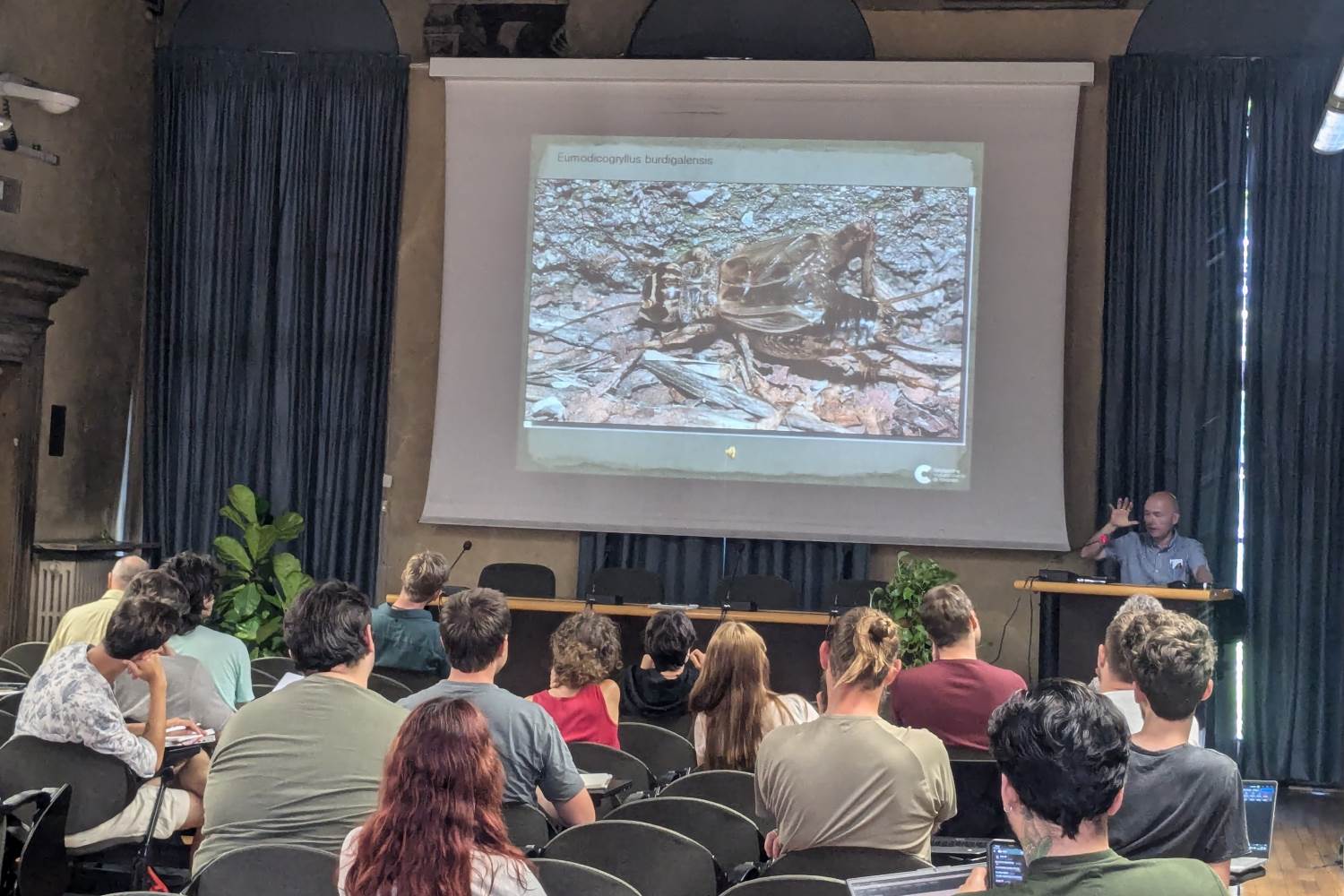
Verona workshop, July 2024.
What is the importance of bioacoustics in the study and conservation of these insects?
Bioacoustics play a crucial role in understanding life on the planet, providing much more information than just collected bodies or pictures. It is something alive that can reveal the health of fauna and the entire environment. When we are in nature and hear a lot of natural sounds, it indicates a healthy environment. In contrast, in urban areas, the dominant sounds are anthropogenic, which are signs of an environment that lacks natural health.
What methodology and techniques can we use?
There are many ways to record orthoptera sounds. Anyone with a tablet, cell phone, or digital microphone can achieve great results. Additionally, USB ultrasonic microphones are also excellent tools for capturing high-frequency sounds effectively.
Projects and collaborations
Tell us about your participation in the TEOSS project
I was involved in the project from the very beginning, thanks to Florent. It’s a very interesting initiative that immediately caught my attention. Florent has clear and well-defined ideas about the project’s goals, aiming to reach as wide an audience as possible. This is particularly valuable because most trainers typically focus on a very specific audience. I’m glad to be part of it.
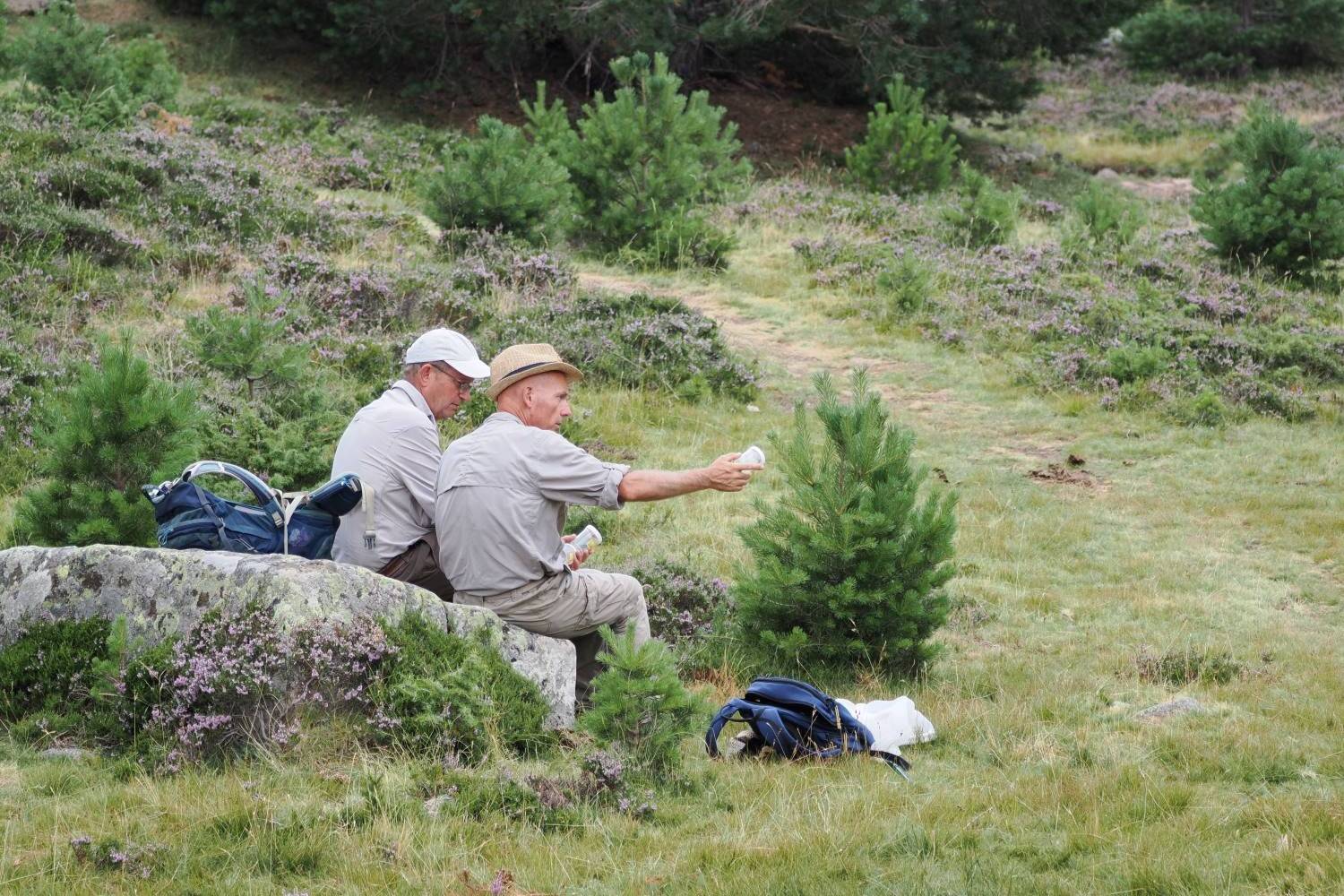
La Demanda workshop, August 2024.
I organized the first meeting in Italy, arranging activities at the museum, traveling through the hills to record Orthoptera sounds, and teaching at the Natural Museum of Verona. The experience in Spain was also very enriching, though I am not an expert in Spanish fauna. However, I was able to collect a variety of sounds and train my ear to compare them with those I am familiar with from Italy. This was fascinating because I encountered many sounds that did not match any existing recordings, making the work even more engaging and insightful. Now, I’m looking forward to the next summer Greece TEOSS workshop!
How has your experience been collaborating with other researchers in international workshops?
It was interesting in two ways. First, it was incredibly useful to collaborate with Florent, Marta, and the entire AEAEBA team. I gained valuable insights into how others approach their work, which broadened my perspective. Whenever I felt skeptical about how to proceed with something, hearing their views provided alternative approaches that were truly enriching.
Secondly, I learned a great deal from experts like Baudewijn, Luc, and Julien Barataud. The exchange of expertise and perspectives with other researchers was exciting and highly rewarding. This exchange was an important byproduct of the activity and added significant value to the experience.
Challenges and advancements
What are the main challenges in recording and analyzing Orthoptera sounds?
When you record the sounds of crickets or grasshoppers, you capture a noise or song that is easy to hear. However, describing what you hear in a consistent and shareable way is much more challenging. You need to write a detailed description and create illustrations to communicate your observations effectively. This is essential for publishing in a paper so that others can understand what you’ve documented. Translating what you hear into words and figures is a complex but necessary part of the process.
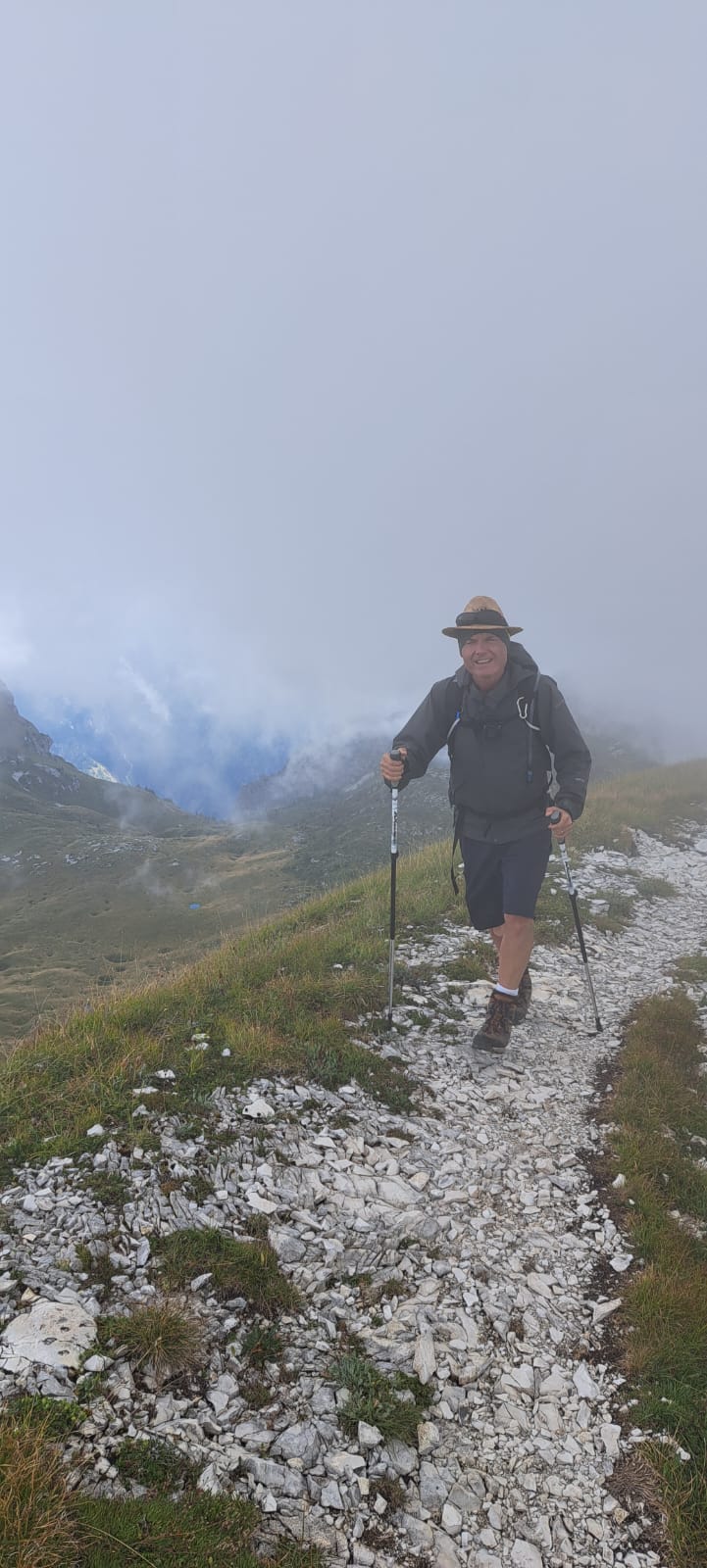
xxxxx
One of the main advances in technology is that you no longer need a dedicated recorder, as any computer, tablet, or smartphone can serve as one. Additionally, microphones have become much more affordable and effective compared to before. Many companies are now producing microphones and continuously improving the technology to make this equipment both more efficient and cost-effective. For example, in 1998, purchasing an average recorder and microphone would have cost around 2,000€. Today, you can buy top-quality equipment for just a few hundred euros, making these tools accessible to a much wider audience.
Conservation and biodiversity
How does bioacoustics contribute to the conservation of Orthoptera and biodiversity in general?
I believe bioacoustics provides far more information than what can be gathered from a single specimen. When studying nature, it’s crucial to minimize the impact on the organisms being observed. This is often not possible when specimens are killed for collection purposes.
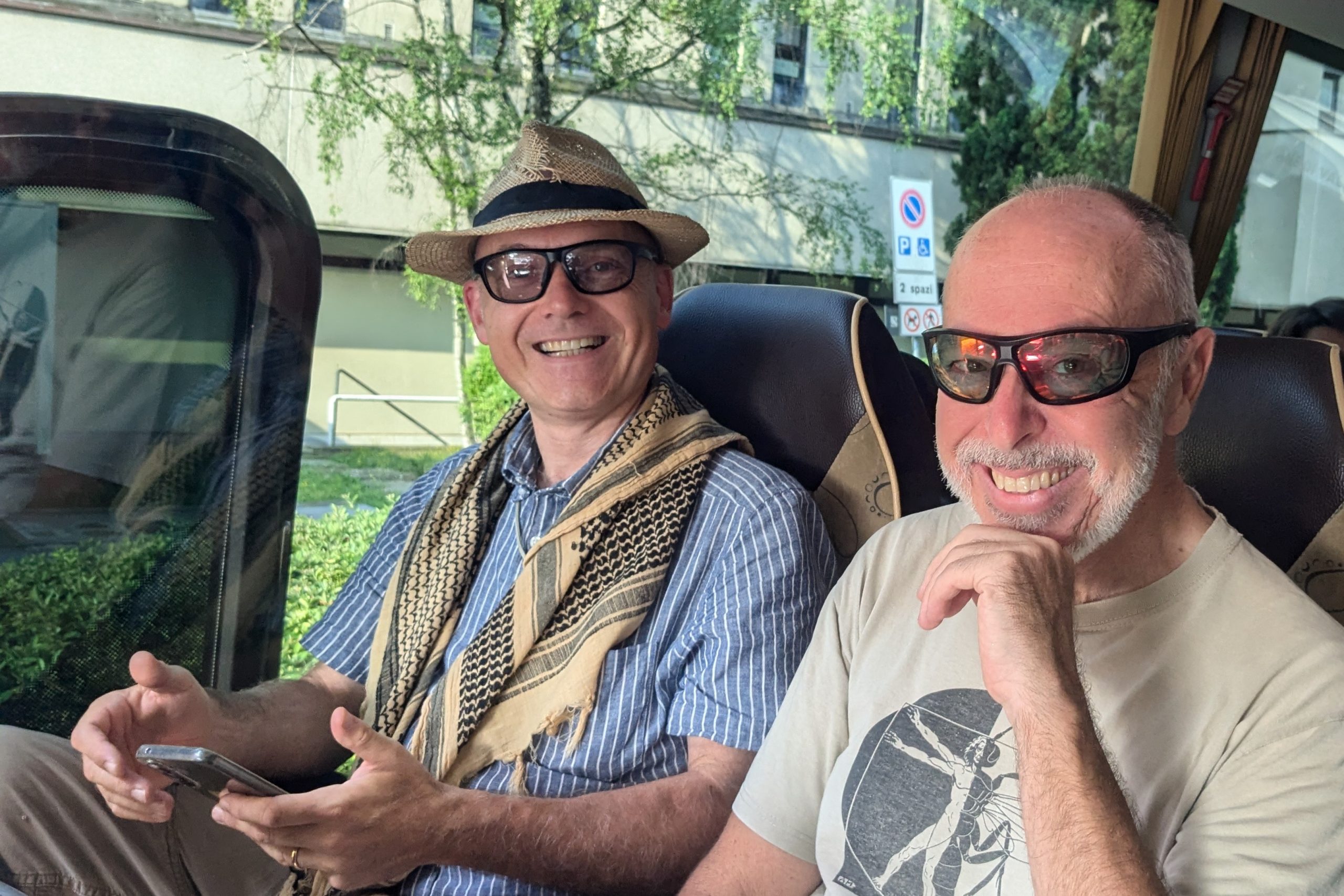
Filippo with Cesare Brizio.
Bioacoustics offers a non-invasive alternative by capturing data from living organisms, such as their songs, without harming them or their environment. This is especially important in the current context of biodiversity loss. The technique allows us to study, monitor, and better understand species while preserving the natural ecosystems they inhabit.
What role does citizen science play in your research?
Citizen science plays a small role in my research as I don’t typically use platforms designed specifically for it. I mainly use ResearchGate because it’s easier for me to connect with people studying similar topics while avoiding social media.
I’m not an expert in working with raw citizen science data. I do use Xeno-canto, but it’s not exactly a typical citizen science platform. It’s a larger platform focused on sound recordings, and it’s primarily used by people who study sound. Even if they are not academic professionals, many of the users are highly skilled and knowledgeable, often with expertise comparable to that of professionals in the field.
Future of research
What are your future objectives in the field of Orthoptera bioacoustics?
My future objectives are to focus on conservation after decades of collecting specimens. I want to concentrate on preserving endangered species. I recently completed a project on Zeuneriana marmorata on the Adriatic coasts. Now I concentrate in the high Alps of the Dolomiti National Park in northeastern Italy, where I selected species that, in my opinion, require focused conservation efforts to ensure their preservation.
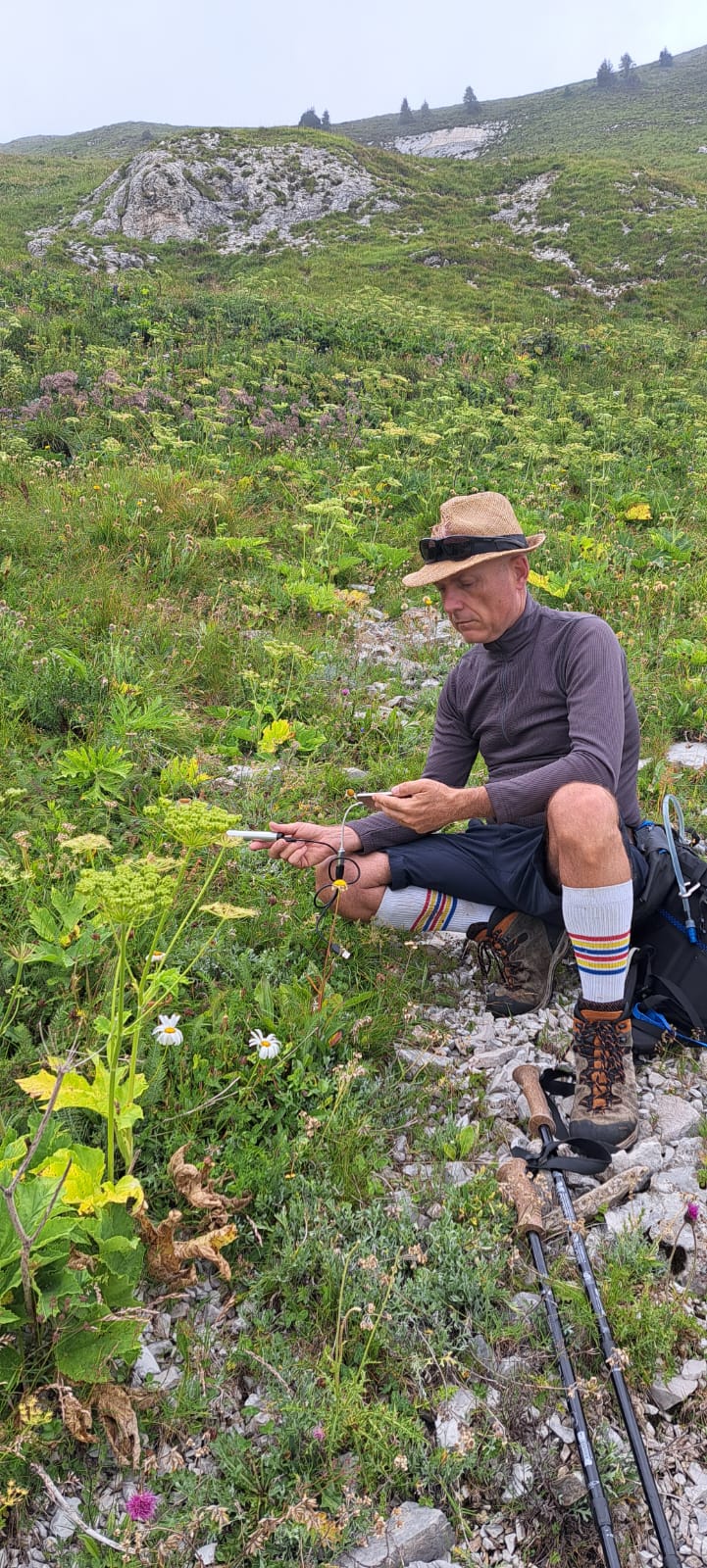
xxxxx
What advice would you give to young researchers interested in this field?
My advice is to spend as much time as possible in nature, training your ear to recognize who is singing. Bring along an Orthoptera identification guide to help you match what you’re hearing with the species. Start by identifying the crickets or grasshoppers you encounter, noting their singing season and behaviors.
The key is to go out with your backpack, focus on identifying the sounds, and understand which species are singing at which time of year. Once you’ve gained expertise in both visual identification and recognizing songs, you can begin measuring sound distances.
To truly become an expert in Orthoptera identification, whether by appearance or sound, you need to combine both methods. This will provide you with a comprehensive understanding of the fauna you’re studying.
Personal experiences
Could you share an interesting or funny anecdote from your fieldwork?
I want to share an experience from my time in Spain. Spain is such a beautiful country, and I had the chance to spend a few months there during my Erasmus exchange. The nature I encountered was astonishing, and the new sounds were quite unfamiliar to me. What was strange was that every night, when I went to sleep, these new sounds seemed to echo in my mind. There were also many crickets and bush crickets outside my window. Their constant chirping filled the air day and night. It felt as though they were with me all the time, even while I was sleeping. It was a fascinating experience, and the sounds of those crickets became a lasting memory of my time in Spain.
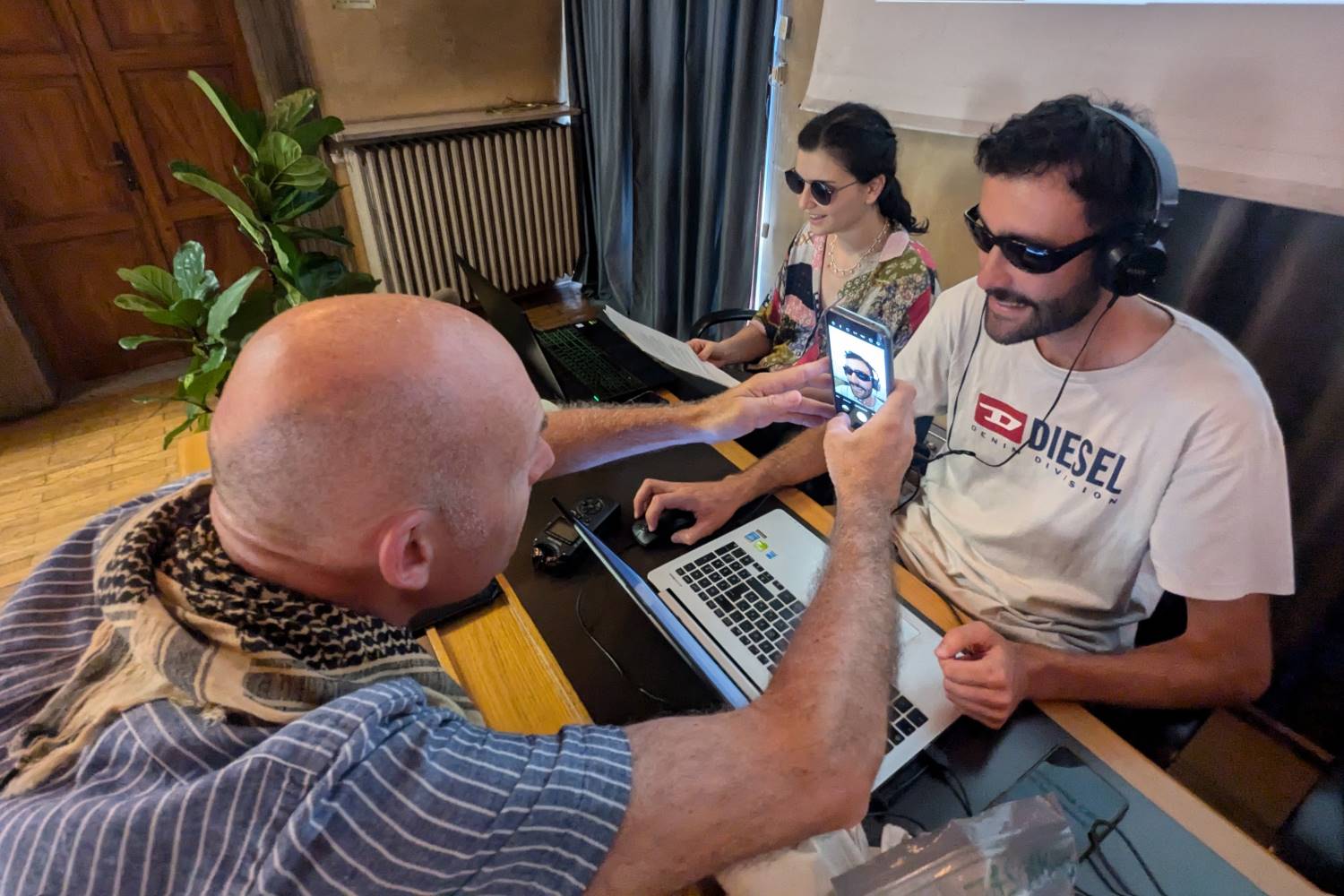
A little bit of fun… Time for the TEOSS hackers in Verona.
What has been your most exciting or surprising discovery in your career?
One of my most exciting discoveries in bioacoustics was related to an endemic genus of Orthoptera in the Alps and Apennines, the genus Anocnonotus. The opportunity to join the Museum of Bozen and the University of Padua allowed me to collect recordings of all the species of this genus, which was a fascinating experience. I was able to create a map showing the distribution of these species across the Alps and Apennines, and I organized all the sound recordings and sonograms according to their geographic ranges.
What made this particularly exciting was that it was the first time I had the chance to listen to the complete set of recordings for a genus across its entire geographic range. It was a unique and rewarding moment in my career.
Finally, I hope that institutions like the EU, as well as national and local governments, will recognize the importance of research and the need for better connections between researchers. Collaboration and knowledge sharing are key to nature conservation. If we share our ideas and pass on our expertise to the younger generation, as well as foster exchanges among experts, we can ensure the continuity of nature protection efforts.


Funded by the European Union. Views and opinions expressed are however those of the author(s) only and do not necessarily reflect those of the European Union or REA. Neither the European Union nor REA can be held responsible for them.

